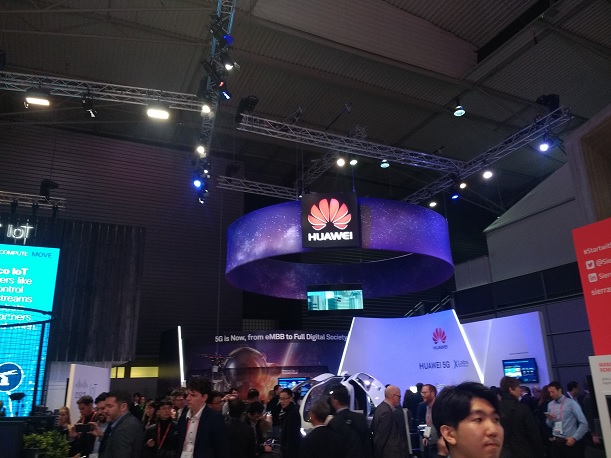Bouygues Telecom and Altice have announced at Mobile World Congress that they have signed up Huawei for 5G trials, as the vendor announced a slew of new 5G products.
Bouygues revealed it will introduce 5G New Radio at multiple sites across the French city of Bordeaux.
It will use the technology to provide ultra-high capacity data services to customers. Details were not given on the extent of the roll-out or when it would be available.
Jean-Paul Arzel, VP of Networks at Bouygues Telecom, said: “Bouygues Telecom aims to provide ultimate customer experience. It is our mission to quickly and smoothly evaluate 5G technologies.”
Meanwhile, Altice’s opco Portugal Telecom announced it had also signed a Memorandum of Understanding with Huawei to deploy 5G NR at unspecified locations in Portugal.
The news came as Huawei unveiled a new line of end-to-end 5G solutions, compliant with the latest 3GPP standard that was ratified in December.
This included two massive MIMO active antenna units (AAUs) one with 32 transmit and receive channels and the other with 64. The AAUs support 200MHz bandwidth and use 3D beamforming to deliver uniform coverage across a range of scenarios.
The vendor also introduced a 5G LampSite small cell, designed to allow deployment of 5G networks on street furniture. It launched the BBU5900 and CBU5900 base band unit solutions, which cater to distributed and centralised deployments respectively.
In addition, the vendor launched new fronthaul solutions supporting the higher transmission rates needed for 5G, as well as a 5G core network solution which can support the transition from non-standalone to standalone 5G. The latter separates the control and user planes to allow greater flexibility when deploying them.
On Sunday Huawei launched its 5G CPE, which it said was the first commercial terminal supporting the latest 3GPP standard. It uses Huawei’s own Balong 5G01 chip, potentially pitting the vendor against chipmakers such as Qualcomm and Intel in the battle for the next generation mobile networks market.



